Estimated Read Time: 16 Minutes
The best way to learn how to do local SEO is to do it yourself. Not everyone has the time or inclination to do that though. Others may want to gauge what is involved before deciding and that is the purpose of this post – to help small business owners get a high-level overview of the steps and effort involved in doing local SEO so they can decide whether to try and do it on their own or hire a local SEO company.
The post was last updated on 7/7/19.
Table of Contents
Before starting, I recommend this glossary of local search terms and definitions from Moz. If you’re not familiar with some of the terminology used, you can likely find a definition and explanation there.
I also often get asked how to rank well in a city where your business isn’t located. Your business, for example, might be home-based or a single-location business and you want to rank well in a series of towns close to you. The short answer is you can’t – at least not on map results. If you want to rank for more than one location you’re going to have to use local SEO to rank for your primary location, and organic SEO to rank for others.
Process Overview
Below is a high-level overview of the process we’ll be discussing. It’s important to note that SEO is a process, not a one-time event. Once you achieve your desired rankings, it is important that you maintain them with continuous monitoring and upkeep.
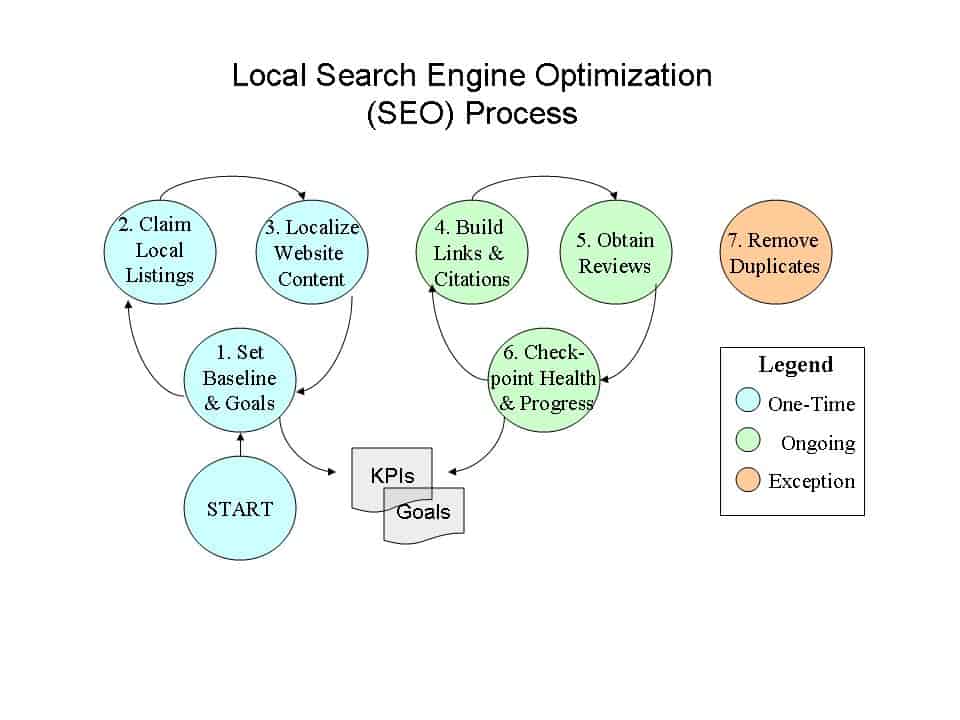
This process is specifically geared for small businesses. It assumes you have a limited understanding of search engine optimization (SEO), a limited budget and resources.
The process has seven steps:
- Step 1 – Set Expectations, a Baseline, and Goals
- Step 2 – Claim Your Local Listings
- Step 3 – Localize Website Content
- Step 4 – Build Citations
- Step 5 – Obtain Reviews
- Step 6 – Checkpoint Health & Progress
- Step 7 – Remove Duplicates
Before you start, know that successful execution of this process will not guarantee you a top ranking in local search results. No one can guarantee top rankings because there are so many moving parts and much of it outside our control. That said, the process employs industry and Google sanctioned best practices. You have a far better chance of being successful using it than you would if you were to “wing it” on your own.
Process Timing
The first time through this exercise, start to finish, usually takes 4-6 months with the long-pole being the length of time it takes for your data to be proliferated throughout the local search ecosystem and for you (and/or your designate) to gather online citations and reviews. The 4-6 month time estimate assumes your first iteration through the process will be to gather a baseline of 5 reviews and stake claim to all your most important business listings and citations.
There are some timing dependencies across steps so read through the entire process at least once to make sure you have a good overall understanding before you start. All of the blue steps will need to be completed once. The green steps are ongoing.
Process Steps
We’re going to step through the process once using a local pizza shop in center city Philadelphia as an example. It’s a real business. Its name is Pietro’s Coal Oven Pizzeria. Pietros currently (July 2019) ranks #2 on Google local search results when I search for “Pizza” (minus the quotes) from the corner of Broad and Market Streets in center city Philadelphia. And yes, the location you’re searching from matters.
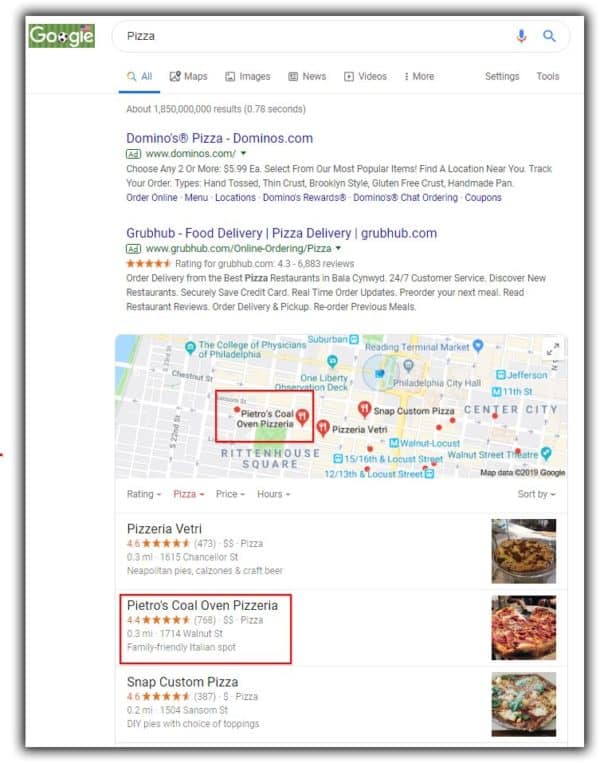
Step 1: Set Expectations, a Baseline, and Goals
It’s important to set realistic expectations before you start. If your goal is to rank #1 for your chosen keyword and location, that may not be possible. It will depend on the strength of the competition for your chosen keyword phrase and location.
It’s also important to remember only three local businesses display on the first page of Google search results, assuming the phrase you are searching for does, in fact, trigger local search results. If you click on maps you will be able to see more, but the initial search result includes only three.
Also bear in mind that the results you see on a desktop may be different from what you see on a mobile device.
In this example, we can see the top three ranking results are all businesses within walking distance (0.2 – 0.3 miles) of Broad and Market. They have hundreds of reviews and every single one of them has the word “pizza” as part of their business name. If your business resides outside of center city Philadelphia, you’re not going to rank in the local three-pack. If you are a brand-new business with zero or few reviews, you are not going to rank in the local three-pack. If your business name does not include the keyword “pizza”, you are going to have a much harder time ranking in the local three-pack. See the Local Search Ranking Factors study that was done by Moz in 2018 to understand all the things that influence your ability to rank.
Once you have determined you have a fighting chance of ranking well in search results, the next step is to baseline your existing rankings and key performance indicators (KPIs) so you can know whether you’re making progress. KPIs are objective measures of ranking factors used to determine your rankings. Keep it simple. Jot down things like:
- where you currently ranking for the search term and location you are targeting;
- how many reviews you currently have; and
- your average review rating.
Lastly, set a few goals. Again, be realistic. If you are currently ranking on page 4 of the map results and figure you need to acquire 100 more reviews, take into consideration the pace at which you have been able to acquire those thus far and what you can reasonably do to try to acquire more. Set goals for 4-6 months down the road. Plan to measure progress then and adjust your plan based on the results you measure.
Step 2: Claim Your Local Listings
Google My Business
Pietro’s local Google My Business listing is shown below. It’s a bit outdated. The image is from 2014. As I previously mentioned, they (Pietro’s) have grown their reviews and average review rating since then.
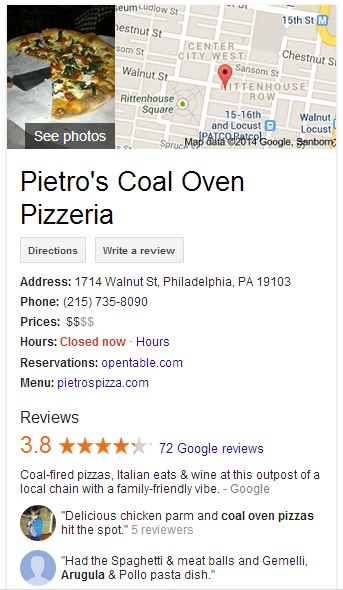
The next step is to claim your Google (and other) local business listings. A claim:
- certifies your ownership of the business listing;
- allows you to control what is and is not published;
- boosts the listing’s validity with search engines; and
- prevents your competition from falsely manipulating your data.
If you have not already claimed your Google local business listing, go to Google My Business and claim it. You will need to verify ownership of your business via text or postcard. That’s a good thing. It prevents unauthorized businesses from controlling your local data.
Google Local will ask you to specify your service area and location settings. If you have a home-based business, be sure to select the “I deliver goods and services to my customers at their location” check box as illustrated below. This protects your privacy and prevents your address from being displayed in search results.
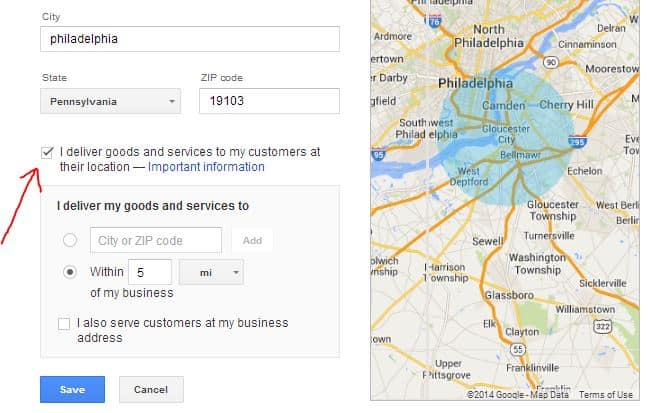
Be sure to include your preferred search category and city in your business description. This helps increase your business listing relevance, rankings and click thru rates.
Moz Local, a SEO industry leader, says “Categories are one of the most important ranking factors in local search on Google and other search engines.” Choose the most appropriate category from the options provided. If you’re not sure of your options, view some competitor listings and look a the categories being used on the listing that are currently ranking on the first page for your chosen keyword phrase and location. That’s your best bet.
Fill out your Google My Business listing completely. The more complete the better. Include pictures and videos, if you have them. They help increase phone calls and click-through rates.
Fill out your Google My Business listing accurately. Search engines use name, address and phone number (NAP) data to identify you and differentiate you from similarly named or located businesses. Those “citations” help boost your rankings but they have to be accurate and consistent for you to get credit.
Use your registered business name. Do not try to game the system by adding keywords. While it may help your rankings temporarily, Google is smart. They will eventually figure it out and, if caught, you risk having your listing permanently removed from search results.
Bing Places for Business
Once you’re done with Google, the next most important local business listing to claim is Bing.
Bing has a similar setup for local listing as Google. It’s called Bing Places for Business. Complete it much the same way you did your Google My Business Listing, again paying close attention to accuracy and completeness.
Social Media Sites
Lastly, check out your social media accounts to make sure you have been consistent in your use of business name, address and phone number so those citations will contribute toward your rankings.
Step 3: Localize Website Content
Now you need to focus on updating your website.
Although it’s possible to rank in local search results without a website, a big local search ranking factor is having one that complements and reinforces what you have already told search engines and directories.
That means localizing your website content so it reflects what you have told both Google and Bing. It also usually means supplementing your site with additional, helpful local content that resonates with your audience and earns your business additional legitimacy with these sites.
Consistent NAP
As mentioned earlier, having a consistent name, address and phone (NAP) on your business listings is one of the keys to local search success. It’s critical that the NAP on your website be exactly the same as that which you submitted to Google and Bing.
Ideally, you want NAP data to appear on every page of your website. As a bare minimum, it has to appear on your Home and Contact Us pages.
Title Tag
Pietro’s Title tag for it’s Philadelphia location is shown below.
Title tags are the blue underlined links you see in organic (not local, not paid) search results. Each link takes you to a different page on your website.
Title tags can contain whatever you want them to contain. You should update the title tag on the page you’re linking to on your local listings page so it contains your business category and city. You can’t always do this (you have to ensure the tag is friendly to those browsing search results). If you can though, do it. It’ll help your local rankings.
You can see that Pietro’s have included their category (pizzeria) and location (Walnut Street, Philadelphia) in the title tag on the page they have listed in their Google My Business listing.
Schema Tags
Schema tags are behind-the-scene tags or lines of code used by search engines to help them better understand the nature and location of your business. The page you submit to search engines and data aggregators should have these tags populated. Again, it’s a good idea to use your business category and location keywords in these tags when possible.
Step 4: Build Links and Citations
Citations
Proliferation of your local listing data throughout the local search ecosystem typically takes three to four months. You do not have to wait for this to complete before you can begin building additional links and citations. Links and citations are directed at your website, not your listings.
You might ask why you even need to build links and citations given you’ve just gone through the process of using data aggregators to acquire hundreds of local listings. The answer is “citations are like votes; you can never have too many”. The local data aggregators are also not good at getting hyper-local and industry-specific citations. Those you have to acquire manually.
Whether you’ll actually need more than those acquired through the process followed thus far really depends on the competition. If you’re a pizza shop in the center of a large city like Philadelphia, the competition is going to be tough and you’ll need lots of citations. But even if you already have more citations that your competition, keep trying to get more. Always try to stay one-step ahead of everyone else.
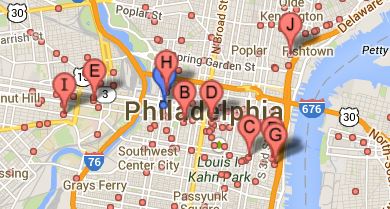
The number of citations needed will depend on how much competition there is.
There are several excellent local SEO bloggers that have inventoried the best sites on which to obtain local citations (online mentions of your business name and address or business name and phone number). My personal favorite is this list of Definitive Local Search Citations because the author, Phil Rozek, lists citation sources for more than just the US. He includes the most popular and influential citation sources for Canada, the UK, Australia, specific industries, and events as well.
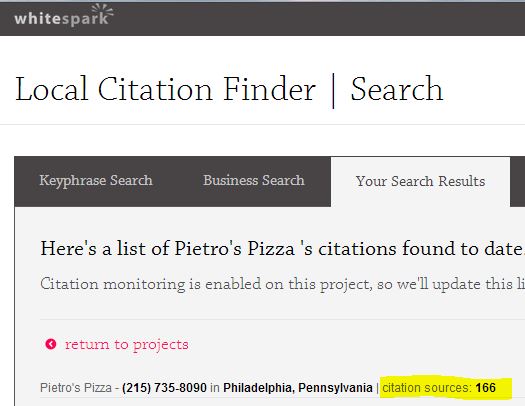
Pietro’s Pizza had 166 citations (shown bottom right) in 2014.
Citations can come from anywhere although ones from a similar category and/or location, or ones from highly popular and authoritative sites help your visibility and rankings most. One of the best ways to find new citation sources is to look at who’s mentioning your competitors. Whitespark, a local search company in Edmonton Alberta Canada, offers a subscription tool which can be used to research your competitors’ citations for free and little money ($200 – $300 a year). It’s called the Local Citation Finder. Whitespark also offers a highly recommended paid service where they will manually procure citations on your behalf.
Links
Links (aka backlinks) and link building are usually topics reserved for discussions on organic SEO. In the last few years, however, the lines between local and organic SEO have become extremely blurred. Links are now an even more important ranking factor for local SEO than citations. You can no longer ignore them.
When you are setting expectations and goals for your local SEO efforts, it’s important to check out how many backlinks from how many different sources your competitors have. Ahrefs has a free backlink checker tool you can use to get that information.
If you conclude you’re probably going to need links, I’d recommend saving that for last. It’s the hardest, most complex, and sustained part of any SEO effort. Too much to get into in this post.
Step 5: Obtain Reviews
Reviews help boost your local rankings. Even negative reviews are helpful. What’s more, people trust online reviews. According to this year’s Local Consumer Review Survey (2012), approximately 72% of consumers trust online reviews as much as a personal recommendation. Fifty-two percent said positive online reviews make them more likely to use a local business.
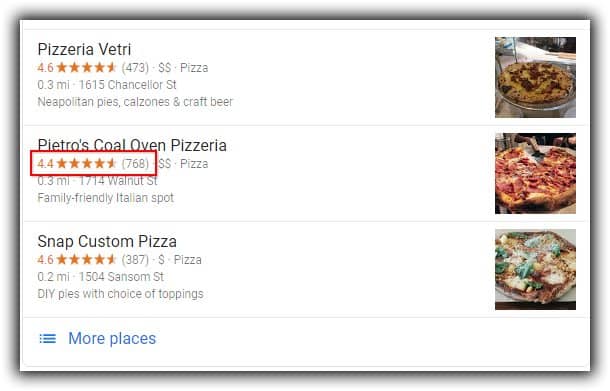
Set a goal to get 5 or more reviews in your first year. More is better and at least 10 is best. Why? The same Bizbible study referenced earlier found that “having five or more Google reviews was associated with a 1.85 [position] improvement in rank.” That’s a big difference. If you have 10 or more reviews, your average rating will also display in local search results. When that happens, click-thru rates rise. You’ll have more visibility AND more visitors to your website.
The absolute best way to obtain reviews of your business is to ask for them. Phil Rozek has 20 other suggestions you can peruse when you have time. If you decide to ask for reviews, the search engines have strict guidelines they want you to follow when. Andrew Shotland of Local SEO Guide has an article you should read before you start. It’s called don’t do anything that will cause you to be penalized.
I personally find the best way to get reviews is to build it into your everyday processes. If someone compliments you for your products and/or services, be ready to ask them, then and there, for a review. If you’re accounting application allows it, ask for reviews when you note receipt of payment for an invoice. Put a sign on the back of the door when people exit your business. Make sure your customer service people know to listen for compliments and how to react when they hear one.
Lastly, it’s important that reviews be perceived as natural by search engines and human visitors. Don’t offer gifts, payment or free services in exchange for a positive review. Technology has evolved to the point where it is easy to systematically detect manipulated reviews. Rightly or wrongly, listing and review providers are in control and can penalize you at any time. Penalties can be severe and irreversible. If you’re uncertain, err on the side of caution. It’s never worth the risk.
Step 6: Checkpoint Health & Progress
At some point, you’re going to want to checkpoint your progress. Use the previously agreed-upon key performance indicator metrics you established in step 1. Compare results to baseline.
If you do not see progress and you’ve done all that has been recommended above, it’s likely:
- you need to give it more time;
- you need more citations, links, and/or reviews;
- Google may have made changes to its local ranking algorithm; and/or
- your competition has done something you’re not yet aware of.
If you’re not seeing progress, adjust your plans and/or goals as necessary.
If you’re curious if there has been a significant change to the ranking algorithms, you can check for updates on the Marie Haynes website. Changes occur daily, although not always to the local ranking algorithm.
Step 7: Get Rid of Duplicates
Lastly, it is not uncommon to find you have duplicate or near-duplicate business listings on the major local search engines. It is important to get rid of them because they confuse search engines and visitors.
Nyagoslav Zhekov of NGS Marketing offers tips on how to deal with duplicate listings on his searchenginepeople.com website in these two articles:
- Fix Duplicate Listings On Google Places; and
- How To Remove Duplicate Listings From Different Business Directories.
Andrew Shotland, founder of the Local SEO Guide, recently (July 2014) wrote and published The Definitive Guide to Duplicate Listings.
Any time you’re dealing with the search engines, it pays to exercise patience and caution. They do things at their own pace, and they don’t always do what you ask. Don’t be surprised if it takes a while, even months, to see results.
The Bottom Line
Local SEO is a process that takes time, persistence, and patience. You should periodically checkpoint the health and progress of your rankings and review efforts take action as needed. Ideally, you’ll always be looking for new opportunities to build strong citations, reviews and backlinks to your business and website so you can keep ahead and widen the gap between you and your competitors.
If you’re looking for additional local SEO resources, check out the local SEO tab on our SEO and Content Marketing Tools and Resources page or the relevant boards on our Pinterest site.
Thanks for your time and good luck with your rankings!

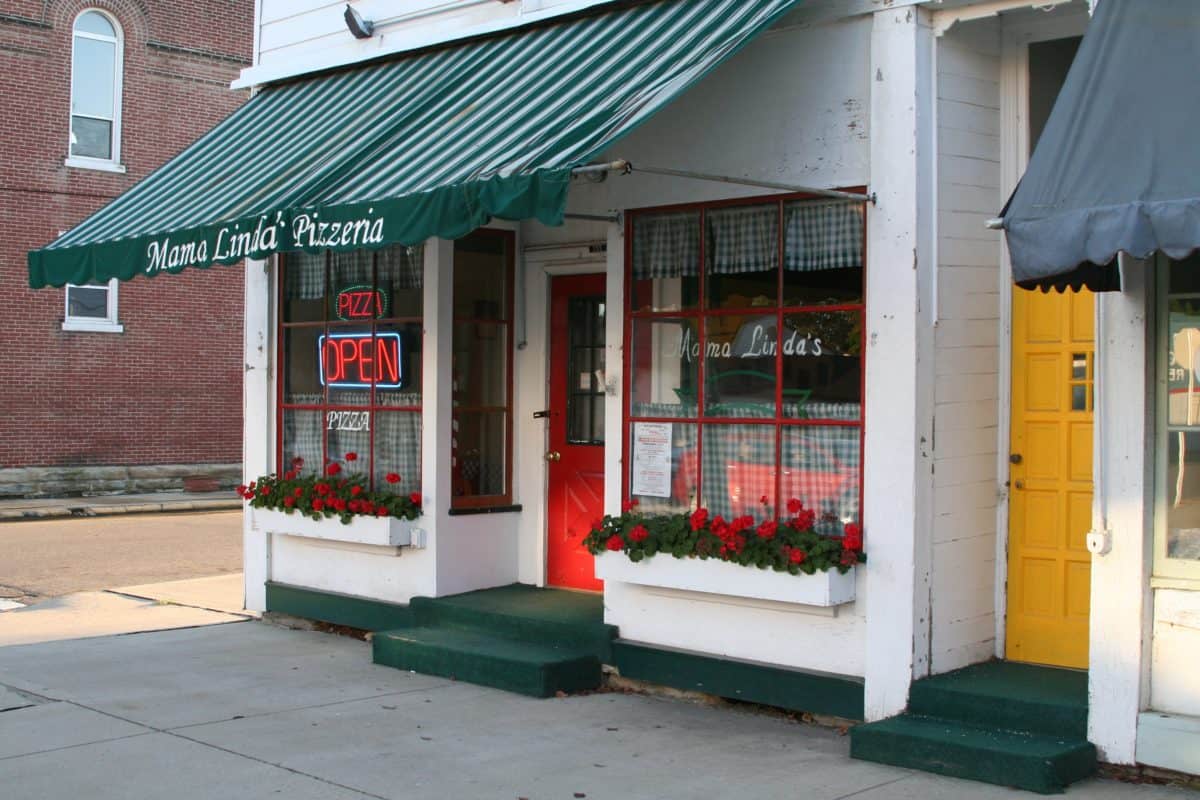

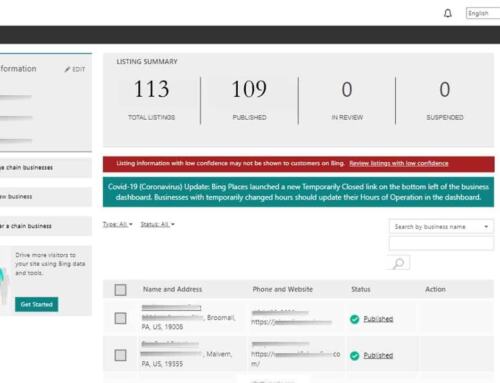
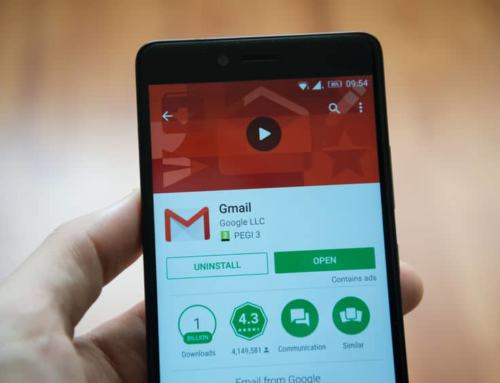

thanks Donna for the wonderful information about local seo. it is very helpful. I recommend
this for the freshers.
A great guide to local SEO. I will recommend it to others!